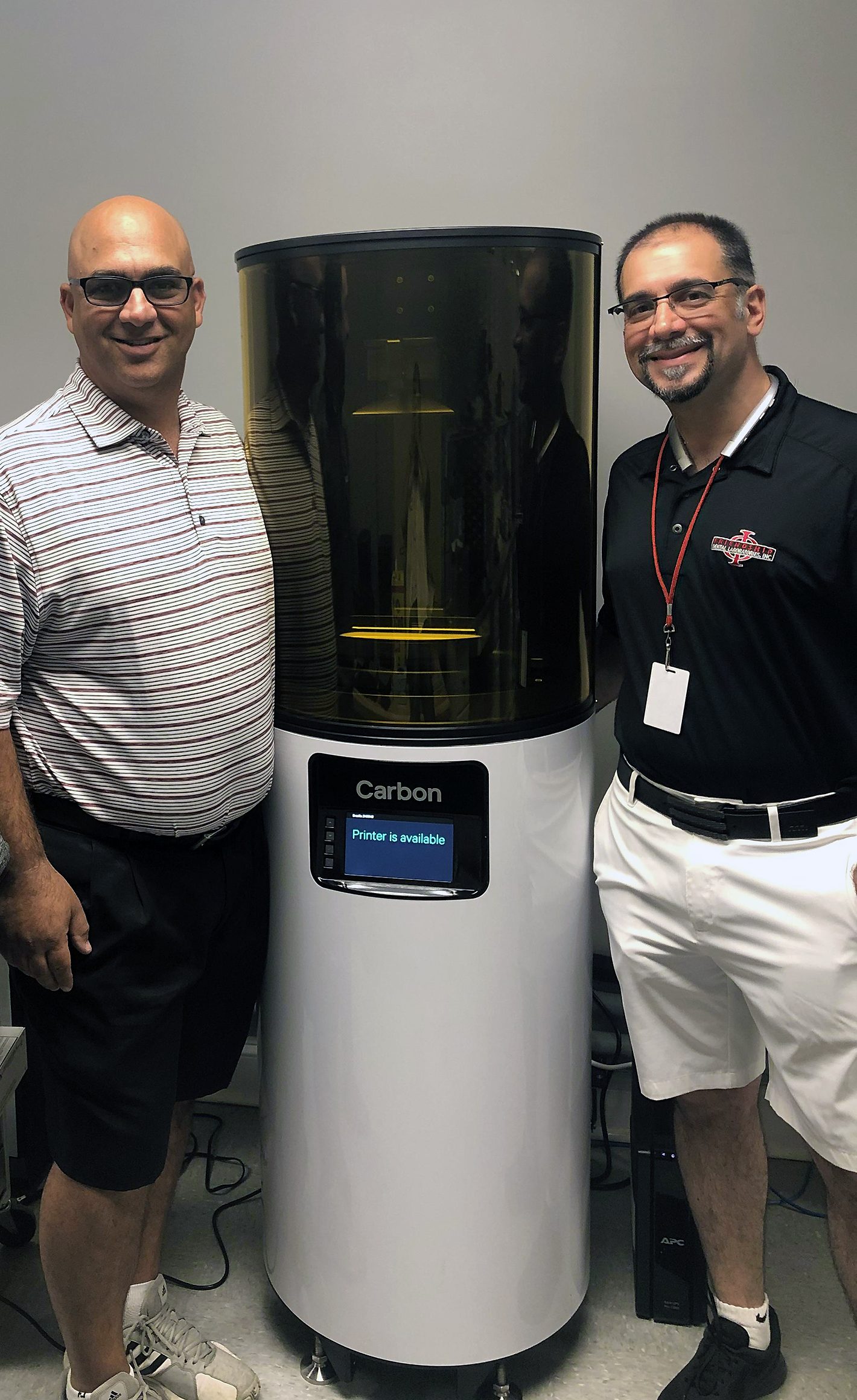

Using a tunable photochemical process instead of the traditional mechanical approach, Carbon3D’s layerless continuous liquid interface production technology (CLIP) eliminates these shortcomings to rapidly transform 3D models into physical objects. As a result, 3D printed parts take many hours, even days, to produce and are mechanically weak due to their shale-like layers. “Our CLIP technology offers the game-changing speed, consistent mechanical properties and choice of materials required for complex commercial quality parts.” How CLIP WorksĮxisting 3D printing technology, or additive manufacturing, is really just 2D printing, over and over again. Joseph DeSimone, CEO and Co-Founder, Carbon3D. “Current 3D printing technology has failed to deliver on its promise to revolutionize manufacturing,” said Dr. MATERIAL CHOICE: enables a broad range of polymeric materials.COMMERCIAL QUALITY: produces objects with consistent mechanical properties.GAME-CHANGING SPEED: 25-100 times faster than conventional 3D printing.

Carbon3D’s CLIP technology raises the state-of-the-art in 3D printing in three ways: The technology was simultaneously introduced to the scientific community as the cover story in the journal Science. The new Continuous Liquid Interface Production technology (CLIP) harnesses light and oxygen to continuously grow objects from a pool of resin instead of printing them layer-by-layer. Vancouver, CANADA – Ma– Carbon3D today emerged from stealth on the main stage of the TED conference with an innovative approach to polymer-based 3D printing that promises to advance the industry beyond basic prototyping to 3D manufacturing. Harnesses light + oxygen to grow commercial quality parts at game-changing speeds Partners with Sequoia and Silver Lake Kraftwerk and raises $41 million


 0 kommentar(er)
0 kommentar(er)
